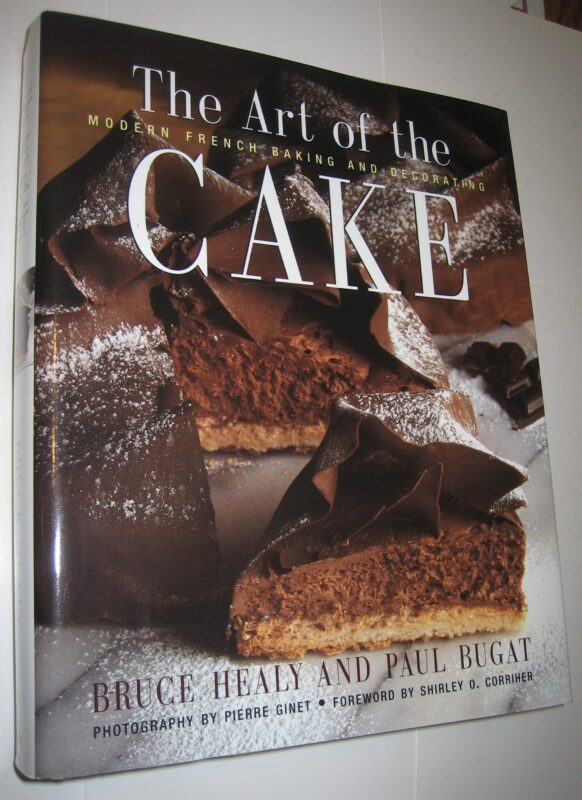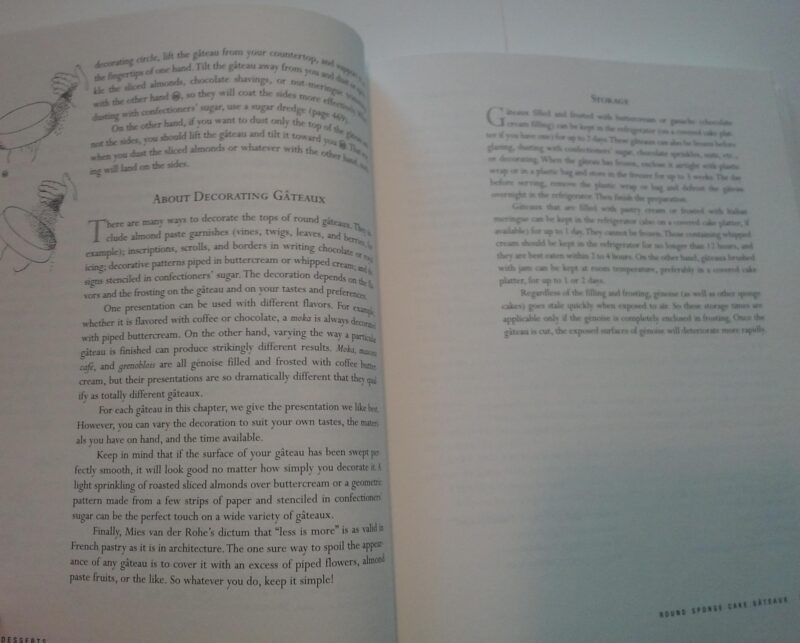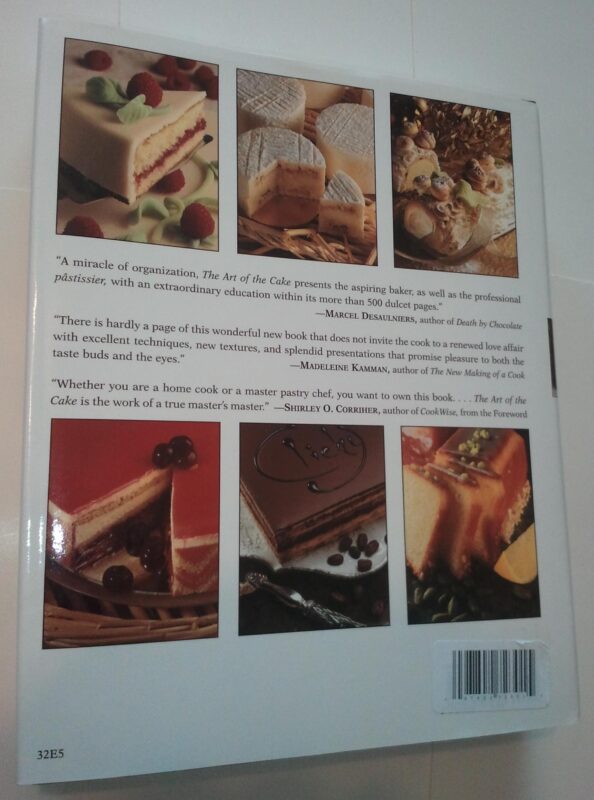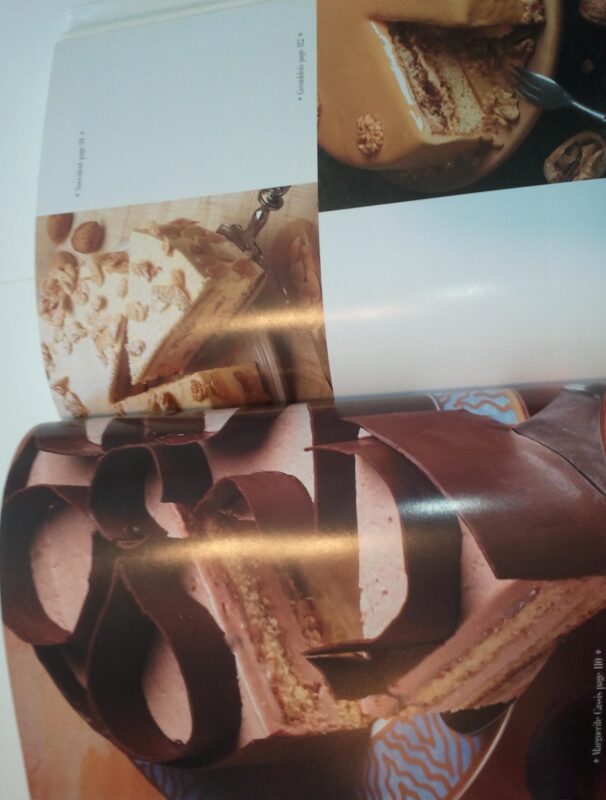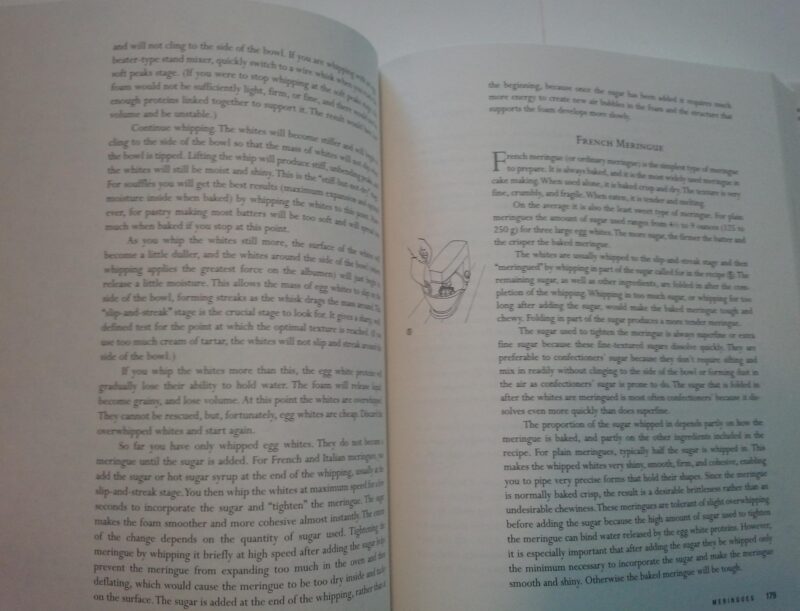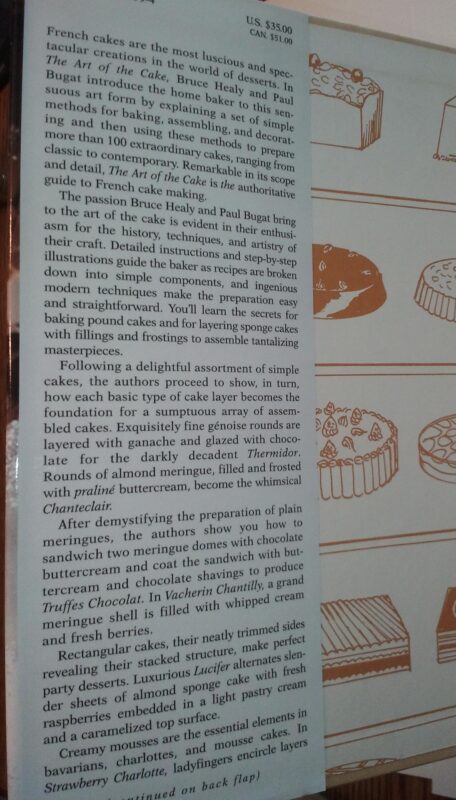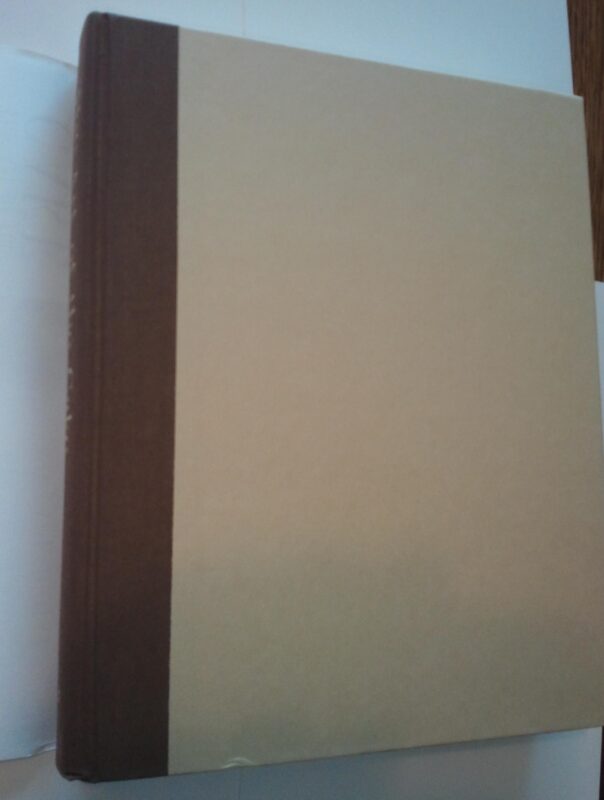The Art of the Cake HC Bruce Healy Paul Bugat Modern French Baking and Decorating 1999
$49.99
Description
The Art of the Cake: Modern French Baking and Decorating Hardcover
by Bruce Healy (Author), Paul Bugat (Author)
French cakes are among the most luscious and spectacular in the pantheon of cake baking. In The Art of the Cake, authors Healy and Bugat simplify the art form and bring together more than 100 classic cakes, from the Marquis (kirsch-soaked chocolate genoise cake rounds stuffed with ripe peaches and whipped cream) to the Moka, made from vanilla genoise brushed with espresso, filled with coffee buttercream, and topped with chopped roasted almonds.
There are recipes for poundcake-, spongecake-, and meringue-based gbteaux,in addition to bavarians, charlottes, mousse cakes, and loaf and log cakes (like the classic Chocolate Yule Log). There are also over 40 recipes for frostings, glazes, sauces, and fillings. In addition, there are detailed ingredient and equipment sections, and comprehensive instructions on general baking techniques–everything from separating and whipping eggs to working with a pastry tube to the correct way to temper chocolate. The more than 400 step-by-step illustrations (penned by Paul Bugat) that accompany the recipes and the 32 pages of color photographs of these magnificent cakes will be enough to tempt any baker, amateur or pro, into the kitchen.
This compendium of French classics presents plenty of challenges for even the most practiced baker, but is thorough enough to successfully guide the novice cook. Authors Healy and Bugat (who co-authored Mastering the Art of French Pastry) devote a large section of the book to instructions on techniques (everything from separating eggs to selecting a tube for a pastry bag) as well as equipment and ingredient glossaries. In an informative discussion of the various flours available, the authors suggest all-purpose rather than cake flour. Recipes are complex, but always sensible. Chapters are arranged by type of cake (e.g., meringue, mousse cake), and most of the recipes rely on several components, cross-referenced throughout. For example, the Blueberry Mousse Log calls for individual recipes of a raspberry jam sandwich, joconde and cr?me anglaise. The authors emphasize the decorative: the clever Fromage with g?noise, pralin? buttercream and heavy syrup looks like a wheel of camembert, and the ?b?niste sports a faux wood-grain top made with dark and white chocolate. These cakes are projects- most require a great deal of time- but the results are impressive.
French cakes comprise a luscious repertoire. From the simplest pound and sponge cakes to more elaborate confections like the Délicieux (génoise layers filled with Grand Marnier-flavored buttercream and topped with a dark chocolate glaze) or the Moka (vanilla cake brushed with espresso, layered with coffee buttercream, and capped with roasted almonds), each gâteau is heaven to eat.
But how to reproduce these marvels at home? Recognizing the need for a technically comprehensive yet approachable introduction to French cake making for the home baker, cooking-school owner Bruce Healy and French pastry chef Paul Bugat have created a true teaching book. The Art of the Cake will appeal to anyone interested in French cake making, but will be of particular importance to serious bakers who have, perhaps, sought just this kind of work.
In the first of three parts, the book explores plain cakes, sponge and nut-meringue gâteaux, bavarians, charlottes, mousse cakes, logs, loaves, and more. Healy and Bugnat then offer more than 40 recipes for fillings, frostings, and finishes; notes on ingredients and equipment; a discussion of general techniques; and source listings. More than 400 step-by-step illustrations help readers assemble a sponge log or pipe meringues, for example, and 32 pages of color photos reveal the finished products in all their platonic glory. The authors occasionally overdilate on procedures and other matters, but in general provide just the right balance of detail and concision. Dipping into this near-encyclopedic but seductive guide, it would be difficult not to feel the call of the gâteaux and make a beeline for the kitchen.
Hardcover: 608 pages
Publisher: William Morrow Cookbooks
Please note carefully the sub-title of this book: Modern French Baking and Decorating. French cakes have little in common with American ones. Like its predecessors on pastry and cookies, this baking book on cakes is about the types that you will find in classic, pastry shops in France, and not their American cousins. It is also aimed at the serious amateur pastry chef, not the casual home baker. If you are looking for a book to tell you how to make and decorate a chocolate birthday cake for your children, this is not the book for you.
French cakes are both simple and very complicated; they are also amazing and can be heavenly like nothing else in patisserie that comes in a bewildering array of choices. Simply, a French cake is a cake base cut into layers flavored with syrup, sometimes with a flavoring agent between the layers, a filling and frosting of buttercream (but can also be flavored whipped cream, meringue, etc.), plus many decorative touches. The cake bases used are few in number and not that difficult to make. With simple variations in flavoring and decorations, the cake becomes totally different in taste and appearance. So, once you learn how to make one type of cake, you also know how to make at least a dozen other, totally different cakes. This book is a more or less complete guide for making most of the important, popular varieties of French cakes. I should also note that many of these cakes are ones that Americans will actively dislike. For example, succès brushed with flavored syrup is a French favorite, but is also a sugary, chewy, soggy thing that the average American will probably spit out with the first bite.
The organization is logical and also rather sophisticated. Each chapter starts out with a thorough description of a basic technique, and all the recipes in that chapter are based on that technique. For most recipes, you will also need procedures and recipes in other parts of the book, but the author always gives the page number to go to. The chapters are also arranged from easy ones to the more sophisticated ones; it assumes that you will proceed through the book sequentially, and not skip around. The chapters are: Simple Cakes, Round Sponge Cake Gateaux, Round Nut Meringue Gateaux, Meringues, Rectangular Gateaux, Bavarians (also Charlottes and Mousse Cakes), Logs and Leaves, Filling and Frostings, Finishing Touches, Basic Preparations, and a hundred or so pages of reference information. This is definitely not your mother’s cake book (unless she grew up in France).
Sadly, making and decorating French cakes is difficult to do properly, and requires patience and practice. It will probably take you several tries to become successful at any one recipe. The techniques described in this book are very similar to professional ones, and, rightly speaking, are the only way you will have a chance. They have done a good job of describing these professional practices and explaining to the amateur chef how to do them. If you pay attention to what the author says and practice, you will succeed. I do have a few quibbles here and there (potato starch did not seem to improve the pound cake recipes; a flat icing spatula will not lay down an even layer of buttercream inside a cake ring; I find American cake circles to be perfectly acceptable, but have never used or seen a French one), but the information is reliable and of the highest caliber.
Book and dust jacket are in near mint condition. 1st printing. Sticker on back cover. 0-688-14199-4.
0-688-14199-4
Book and dust jacket are in near mint condition. 1st printing. Sticker on back cover.
Related products
-

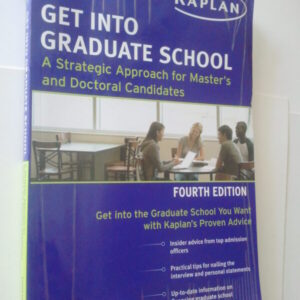
Get Into Graduate School 4th Edition SC Kaplan 2011
$39.99 Add to cart -
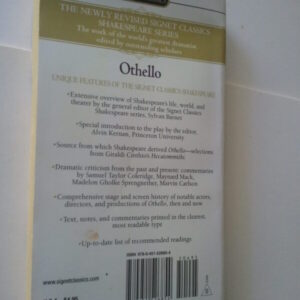
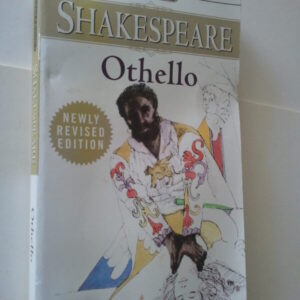
Othello Newly Revised Edition SC Shakespeare Signet Classics Alvin Kernan Critical Essays
$19.99 Add to cart -


Under the Egg HC Laura Marx Fitzgerald Dial Books 2014
$39.99 Add to cart -
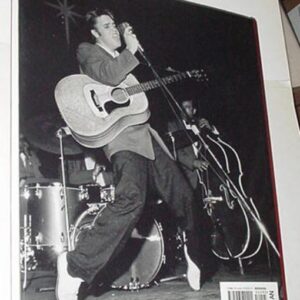

Elvis A Celebration in Pictures HC Warner Charles Hirshberg Life Magazin Presley
$59.99 Add to cart
